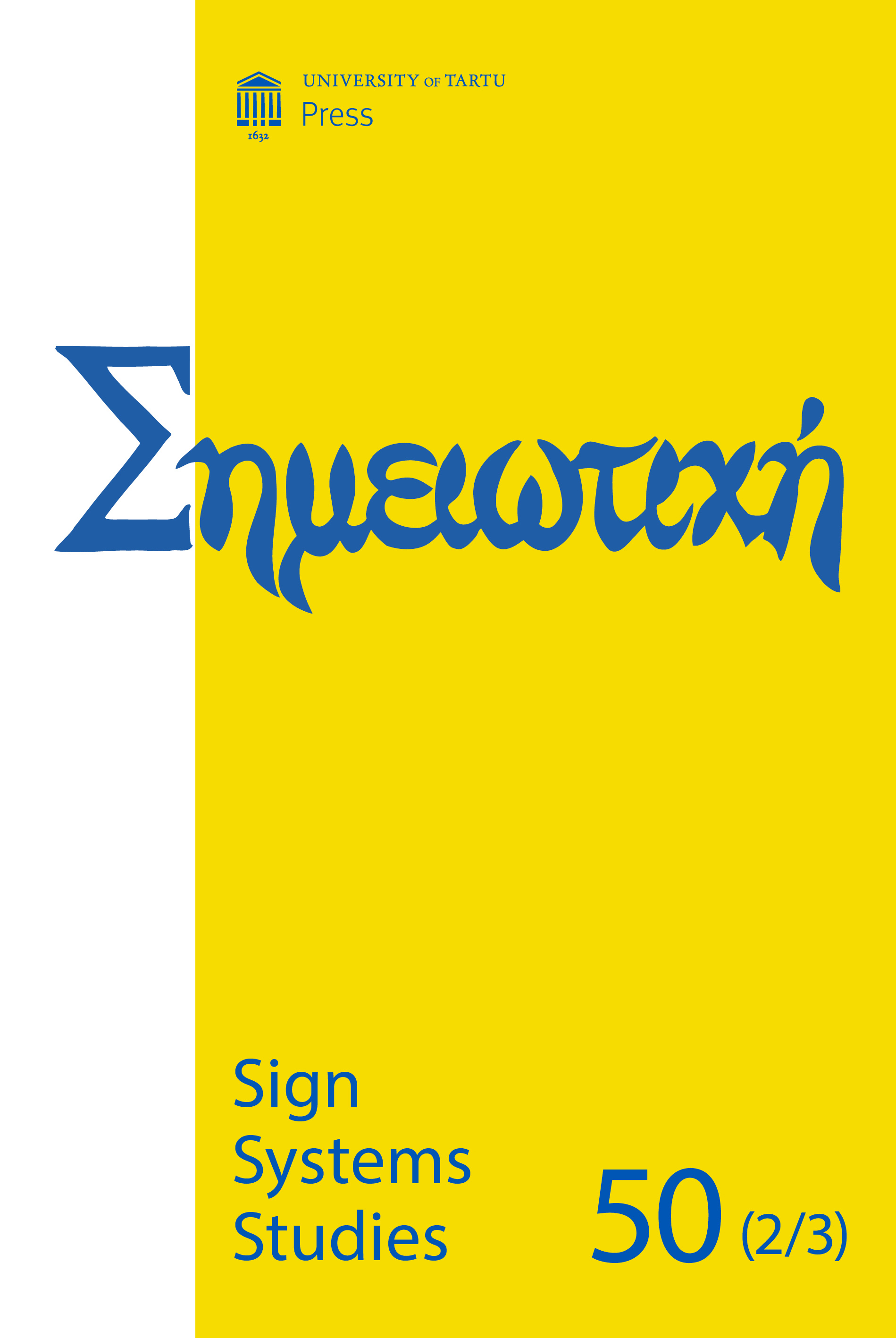Intersemiotic translation from fairy tale to sculpture: An exploration of secondary narrativity
DOI:
https://doi.org/10.12697/SSS.3Keywords:
primary narrativity, semiotic systems, cognitive semiotics, interpretation, narrative, Hans Christian Andersen, ‘the little mermaid’, polysemiotic communicationAbstract
We present a cognitive semiotic case study of the narrative potential of the statue Den lille Havfrue (‘the little mermaid’) by Edvard Eriksen in Copenhagen. On the basis of theoretical analysis and a survey in which 20 European and 19 Chinese participants replied to questions concerning this statue we argue that it, and similar statues, may be considered as products of intersemiotic translation, but only if we dispense with any requirements of “equivalence” between source and target, since statues are necessarily semiotically highly reduced. While the source narratives constitute cases of primary narrativity, with narrations providing the audiences with stories, statues may partake only of secondary narrativity, where a prior story is needed for the statue to be understood as narration. In our study, this was reflected by correlations between reported prior knowledge and narrative (and possibly even non-narrative) interpretations of Den lille Havfrue. Finally, we relate the discussion to present-day cultural and political “settings”, where many statues, including Den lille Havfrue, have become part of a global anti-racism narrative.


